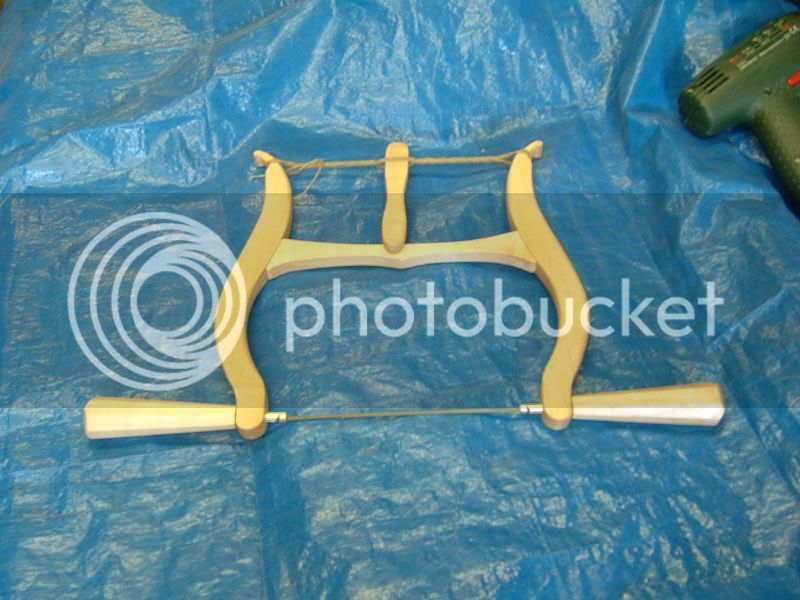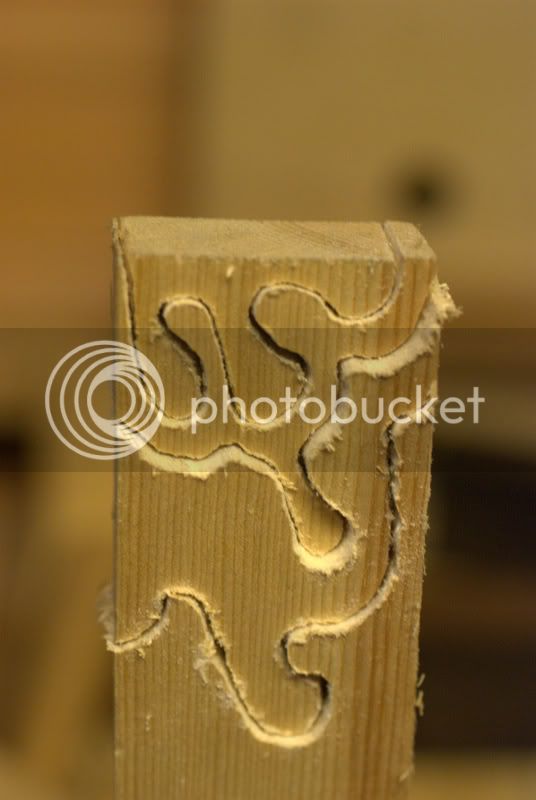DannyEssex
Established Member
Hi guys I've got a couple of questions about dovetails.
1. Do you have the tails on the face side of a box or the pins? Is there a traditional way or is it the makers choice?
2. Holding the chisel when you are chopping and paring out the waste. I seem to hold the chisel with my index finger wrapped around the front, with my other three resting on the face of the chisel. I keep slicing my index finger where I grip the edge of the chisel. Is this normal? Do i just carry on and wait for tougher skin to form? I have read that you can take off the sharp edges on the sharpening stone, but should I do that on the face corners?
3. Would you recommend a decent coping saw blade? I got some cheap ones from wickes, and I have a hell of a time using the coping saw. I'm not sure if it's my technique or the blades. I have read some people have the teeth away from the handle and others have it the other way??
Thanks for any help
Dan
1. Do you have the tails on the face side of a box or the pins? Is there a traditional way or is it the makers choice?
2. Holding the chisel when you are chopping and paring out the waste. I seem to hold the chisel with my index finger wrapped around the front, with my other three resting on the face of the chisel. I keep slicing my index finger where I grip the edge of the chisel. Is this normal? Do i just carry on and wait for tougher skin to form? I have read that you can take off the sharp edges on the sharpening stone, but should I do that on the face corners?
3. Would you recommend a decent coping saw blade? I got some cheap ones from wickes, and I have a hell of a time using the coping saw. I'm not sure if it's my technique or the blades. I have read some people have the teeth away from the handle and others have it the other way??
Thanks for any help
Dan


































